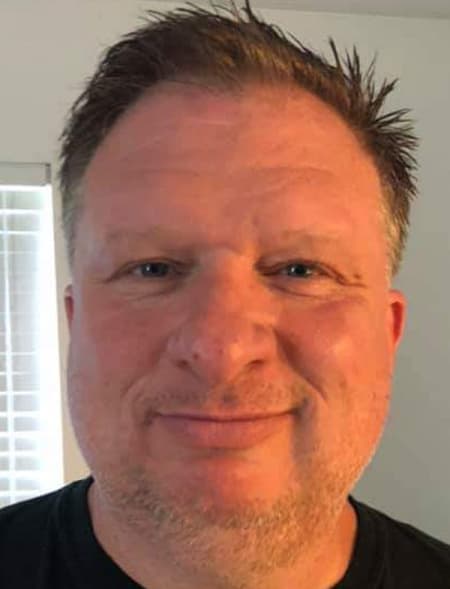<><><><><><><><><><><><><><><><><><><>
Discuss this and UNC Football with other Tar Heels fans
<><><><><><><><><><><><><><><><><><><>
CHAPEL HILL – Perhaps the most commonly asked question last season about North Carolina’s defense centered on the secondary, the cornerbacks in particular, and their pass coverage.
Why did the Tar Heels’ corners play so far off their men at the snap? Why was coverage so soft? And why didn’t UNC apply more press coverage?
All fair questions and appropriate concerns. The latter was shared by Carolina’s coaching staff, and reveals why there wasn’t much of a solution.
Consider: Why would a defensive coach command press coverage when there is little or no confidence the players can actually execute it at an acceptable level?
Okay, so UNC defensive coordinator Gene Chizik, who was the recipient of considerable criticism a year ago for how his corners played, didn’t have much choice. Play tight coverage from the line of scrimmage and give up big play after big play?
Nope, he wasn't going to do that.
“It was a necessity last year that we had to go to because we were having some issues,” he said. “So we have to do what our players can do. The mindset is always challenging routes at the line of scrimmage. We've always wanted to be up and aggressive and pressing on most things. We've always wanted to do that. But your ability, and your production dictates whether you can or you can't. And so, when you can't, then what's the other option? To back off, right?
"So that's kind of where we were last year. But our mindset is everybody challenging everything at the line of scrimmage, including the corners. That's where we start. And then we kind of give them some relief from there."
If the crux of the problem was not generating a consistent pass rush, Crux B was that the corners simply couldn’t cover in man-to-man situations. Hence, it would have been catastrophic to put them in press coverage. Or, it could have been the other way around.
Chizik says when it comes to pass defense, it starts in the back of the unit with the secondary, and works its way toward the line. Regarding the topic of bump-and-run coverage and more man-to-man stuff, it absolutely was about the corners.
Gone are UNC’a primary starters from a year ago, as Tony Grimes and Storm Duck sought football refuge elsewhere. The program brought in FCS All-American Alijah Huzzie, who is easily the team's best cover man. In addition, sophomore Marcus Allen and redshirt freshman Tayon Holloway have been regularly praised over the last month for their length, ability to cover, and ball skills.
The program is more comfortable at corner now than it was a year ago. So, it likely will play more man coverage and press at the line of scrimmage more, but as is usually the case in football, so much of what Chizik wants his unit running situationally.
“It depends on the call,” graduate safety Gio Biggers said. “Sometimes you want to give your corner relief coverage where they’re not pressing and running down the field on go routes all the time. Because a receiver will send you on a go route and (you’ll) be taken out and you have to run all the way back and play another receiver that’s super fresh.
“I just think it depends on what Coach Chiz wants to call, but I think they want it to be a little more aggressive and just press guys at the line and do a little more stuff like that.”
The next question, which goes hand-in-hand with having an ability to play tight, man pass coverage, is mixing in blitzes from time to time.
Carolina blitzed fewer than 100 times in 14 games last season, a product of the staff lacking trust in the corners to cover. Blitzing often means leaving them on islands, and that can be dangerous if they aren’t consistent and sometimes lose their men or get tangled up.
That UNC’s cornerbacks have just eight interceptions in the last four seasons suggests the players on the edge didn’t have noses for the ball. Now, the belief is they do, which means more pressure coming from different areas. It is a clear result of improved corner coverage.
“Well, they all work together, the coverage and the front all work together,” Chizik said, noting rushing more than just the down linemen on blitzes. “So being able to mix up those things in terms of press coverage, playing off coverage, and then also playing some coverages where we're not always in a man-to-man world and giving the corner some relief.
“So, we are trying to do all those things. But they all tie in together. The rush ties in with what we can do back there.”
Better, tighter coverage makes that possible. And the expectation inside the Kenan Football Center is the Tar Heels are more equipped to play that way than any time in recent years.
